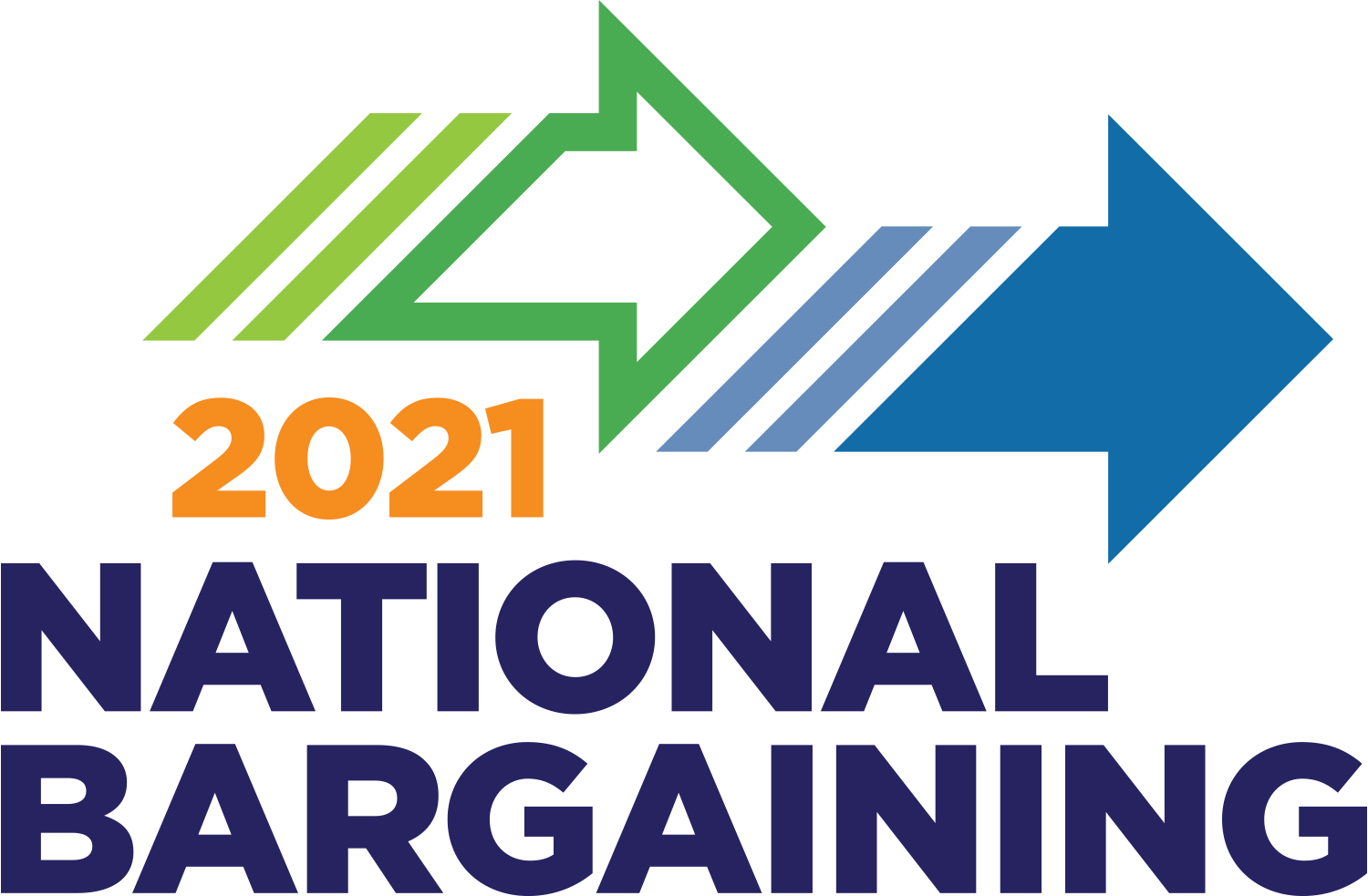Hank Winter 2015
See the whole issueFrom the Desk of Henrietta: Revolutionary

Interest-based bargaining: No one does it like we do it.
No one does it like we do.
Our negotiations for a new National Agreement will be one of the largest private-sector contract talks in the United States this year. No one else brings together such a large and diverse group of representatives from labor and management—plus physicians—to arrive at a single contract for so many union locals nationwide.
We’re so accustomed to this being our norm, it’s easy to forget how revolutionary our Labor Management Partnership is—and how democratic our interest-based methods are.
“At the table, everyone has an equal right to speak and explain their interest,” says Linda Gonzales of the Federal Mediation and Conciliation Service, which helps facilitate the negotiations. “There’s more open dialogue and sharing of information.”
The tone set by interest-based bargaining carries over to the work of unit-based teams. UBTs were one of the outcomes of 2005 bargaining. Today, they are the engine for performance improvement at Kaiser Permanente. They are also the structure giving frontline workers a voice in making decisions. The work UBTs do to improve care for KP members wouldn’t be happening if partnership weren’t in place, and if each successive national agreement didn’t commit everyone to finding innovative ways to address common interests.
It’s not always smooth sailing. But the interest-based model grounds everyone in shared values.
“There are some hard issues, and bargaining still has to take place,” says Joel Cutcher-Gershenfeld, a professor at the Institute of Labor and Industrial Relations at the University of Illinois. “At the end of the day, you have to find the right balance.”

